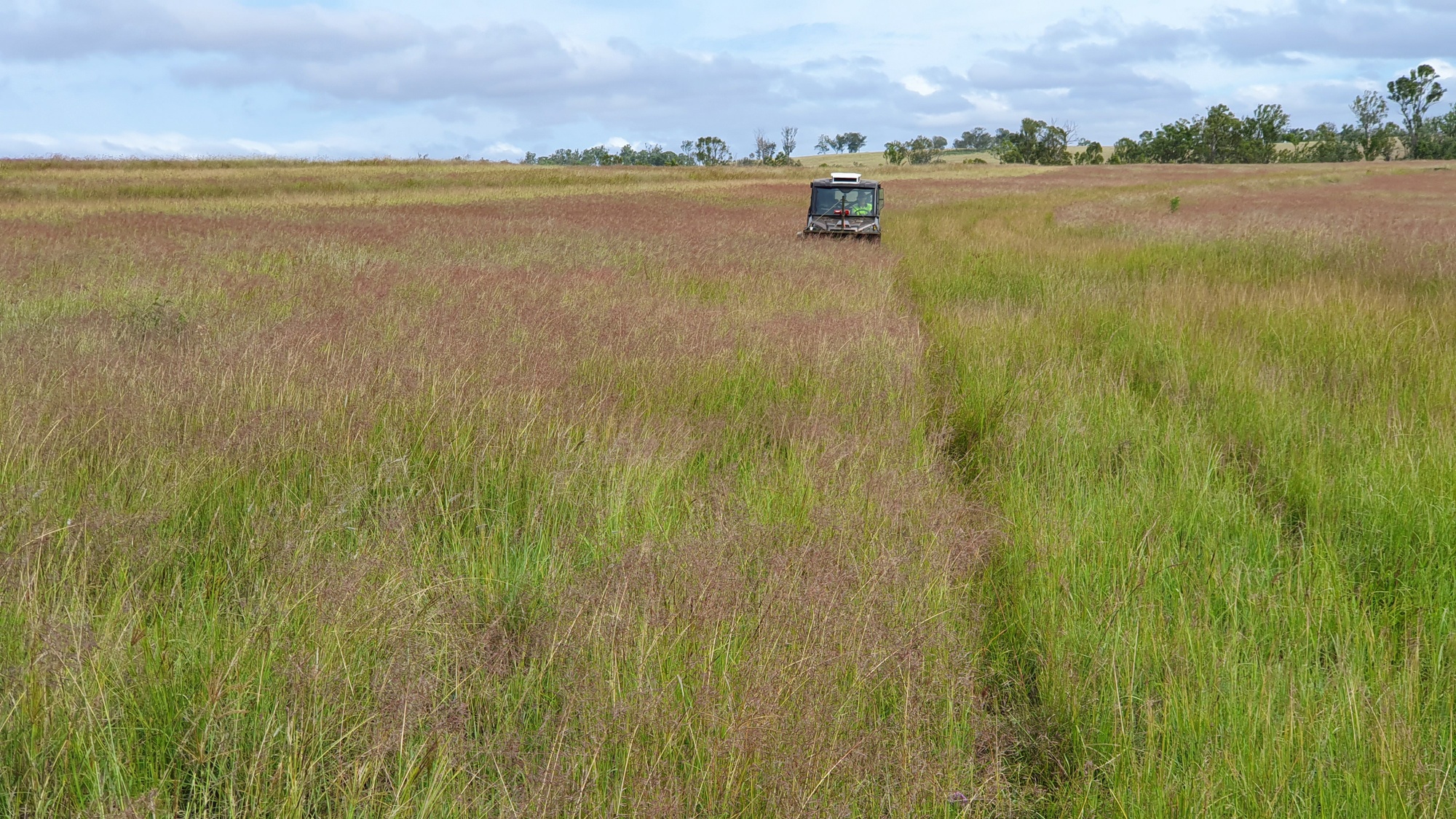Plant Profiles
Plant Categories
Subshrub
Trailing herb
Annual
Annual or Short-Lived Perrenial
Prostrate Shrub
Graminoid
Vine
Forb
Nitrogen Fixer
Grass
Tree
Shrub
Sedge
Wattle
Show All
14Genera
Acacia
Allocasuarina
Alphitonia
Alstonia
Angophora
Archidendropsis
Aristida
Arundinella
Astrebla
Atalaya
Atriplex
Austrosteenisia
Austrostipa
Banksia
Baumea
Bolboschoenus
Boronia
Bothriochloa
Brachychiton
Breynia
Callitris
Calotis
Capillipedium
Carissa
Cassia
Cassine
Cassinia
Casuarina
Chloris
Chrysocephalum
Chrysopogon
Clerodendrum
Corymbia
Crotalaria
Cymbopogon
Daviesia
Denhamia
Derris
Dichanthium
Dodonaea
Einadia
Enchylaena
Enteropogon
Eragrostis
Eremophila
Eriochloa
Erythrina
Erythroxylum
Eucalyptus
Eustrephus
Fimbristylis
Flindersia
Gahnia
Geijera
Grewia
Hardenbergia
Heteropogon
Hovea
Imperata
Indigofera
Jacksonia
Jasminum
Juncus
Kennedia
Lepidosperma
Lomandra
Lophostemon
Ludwigia
Lysiphyllum
Maireana
Melaleuca
Melia
Myoporum
Notelaea
Owenia
Pandorea
Panicum
Parsonsia
Paspalidium
Petalostigma
Petalostylis
Pittosporum
Podolobium
Pomax
Psydrax
Pterocaulon
Ptilotus
Pultenaea
Rhagodia
Rhodosphaera
Rhynchosia
Sarga
Schoenoplectiella
Schoenoplectus
Senna
Sida
Solanum
Sporobolus
Swainsona
Syncarpia
Themeda
Trema
Vachellia
Ventilago
Vittadinia
Show All
105Vachellia bidwillii
| Categories | Nitrogen FixerTreeWattle |
| Common Name(s) | Corkwood Wattle, Dogwood |
| Family | Fabaceae, Subfamily - Mimosoideae |
Description
"Shrub or tree 1.5–10 m high; branches sometimes pendulous. Bark corky, furrowed." (WorldWideWattle ver. 2)
Notes
"...often occurs as a scattered understorey tree in grassy, open eucalypt woodland, as well as growing in open forest, Acacia woodland or sometimes shrubland, in clay, loam, sandy or stony soils, on plains or on valley floors, slopes and ridges in undulating to hilly country, also in skeletal soils on rocky slopes. Flowers mainly Nov. and Dec., sometimes Apr.–Oct., also sporadic; fruits (Dec.–) Apr.–Oct." (WorldWideWattle ver. 2)
Previously known as Acacia bidwillii. Inflorescences are globular. Seed is available later than the majority of Acacias in Queensland, more specifically around February to April rather than from September to December. We see Vachellia bidwillii regenerating on country extensively cleared for grazing across central and southern Queensland. This country is often undulating and constituted of basaltic soils supporting woodland remnants of Corymbia erythrophloia, Eucalyptus melanophloia, Eucalyptus populnea and Corymbia tessellaris and Eucalyptus tereticornis.
Historical Notes
"The roots of young trees were roasted and eaten by Aborigines, and young plants may be browsed by cattle, fide E.Anderson, Pl. Central Queensland 22 (1993)." (WorldWideWattle ver. 2)
Distribution
"Common in the Burnett and Port Curtis districts of Qld, but ranging as far N as Mt Carbine and with a western disjunction in the Mount Isa area." (WorldWideWattle ver. 2)
References and Related Links
WorldWideWattle ver. 2. Published on the internet at: www.worldwidewattle.com [Accessed Oct 10,, 2019]
